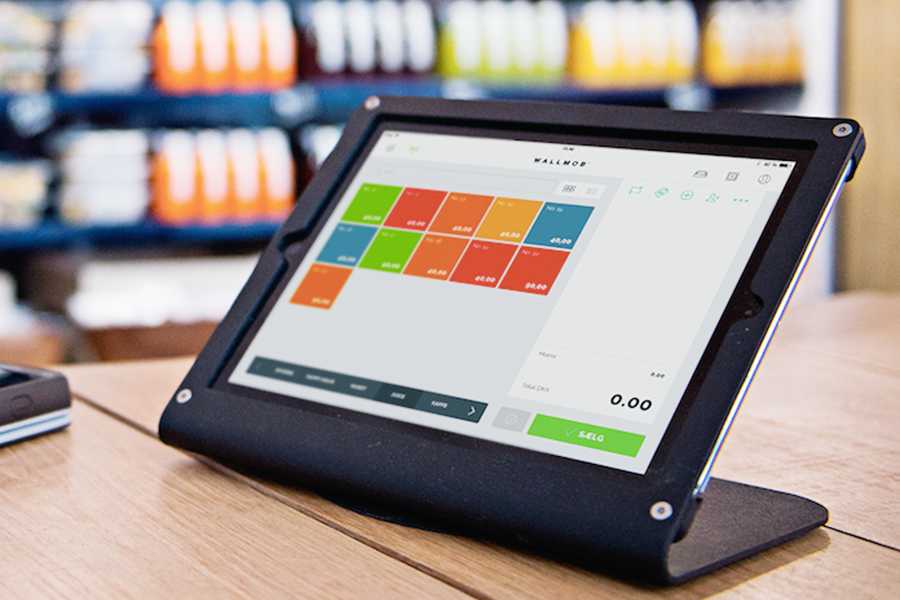A point of sale (POS) system is a computerized software program that tracks financial data and processes transactions in a restaurant, retail store, or other business venue. It often includes a touch-screen monitor with an integrated barcode scanner for processing items at the checkout counter. The POS also records each transaction in a ledger that allows managers to track inventory and sales.
In a restaurant POS system, waiters scan the barcodes of plates as they deliver food to customers. The information from each plate is combined with cash register data to determine how much to bill the customer for his meal, which tips to add in, and what his final total should be. At a retail store , customers swipe their store receipts and credit cards at the register to pay, while sales clerks use terminals to ring up items and print out receipts.
POS systems also increase efficiency by automating many tasks that were previously completed manually. Employees can submit inventory counts and shipments through a centralized database rather than walking from shelf to shelf counting each item. In restaurants, POS systems can also be used to split checks, print out orders for the kitchen, and manage seating charts.
The first POS system was developed in the early 1960s by IBM. It was used to track sales at a large department store in New York City. Today, there are dozens of POS providers, each with its own unique software and hardware offerings.
What are the benefits of using a POS system?
A POS system can provide a business with a number of benefits, including:
- Increased efficiency – A POS system can help to speed up the sales process, which can lead to increased efficiency in the store. This can be especially helpful for businesses that deal with a high volume of customers.
- Better customer service – When there is more time provided to handle customer concerns, it can lead to better customer service overall.
- Improved inventory management – A POS system enables a business owner and employees to keep track of the exact number of products in stock and monitor when items need to be reordered. This increases the chances that customers will be able to find the items they are looking for in the store.
- Enhanced reporting capabilities – A POS system can generate detailed reports on sales, inventory, customer trends and more. This information can be useful for making business decisions and improving the overall operation of the store.
- Reduced costs – A POS system can often lead to reduced costs for a business. For example, a business might be able to negotiate lower rates for credit card processing or reduce the need for employees to handle certain administrative tasks.
When considering a POS system for your business, it is important to carefully evaluate your needs and choose a system that will fit those needs. There are a number of different POS systems on the market, and each system offers a different set of features. Also consider the type of business you have and whether a POS system is likely to be something your employees will use on a daily basis.
How does a POS system work?
A POS system typically consists of three components: the front-end, the back-end, and the data. The front-end of a POS system is the part that interacts with customers and employees, telling them about products, prices, etc. It typically includes an LCD display, keypad or touchscreen interface for menu navigation, and sometimes audio features so the business owner can provide helpful information to customers while they are shopping.
The back-end of a POS system is the part that does all of the heavy lifting: it handles credit card processing and other financial transactions, manages inventory and generates reports. This component typically requires an Internet connection to access information stored on a remote server; using this backend can help make management tasks easier by keeping track of everything online.
The data is what ties everything together. It is the information that gets stored when a customer makes a purchase or adds an item to their shopping list. This data can be used for reports and other functions in the future; it is also the information that remote servers use when processing transactions.
How much does a POS system cost?
The cost of a POS system varies greatly depending on the type of system and its features. Systems can start at under $500 for basic functionality but go up to hundreds of thousands of dollars for complicated, multi-store systems.
